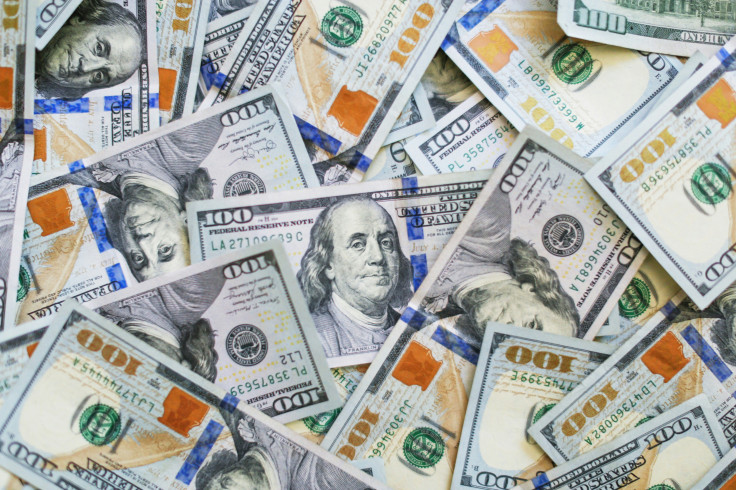2000 Tariff Dividend Date Delay? Treasury Chief Casts Doubt on Trump's $2000 Cheque Plan
Economists fear rebate cheques could reignite inflation across the US

Americans hoping for a £1,500 ($2,000) rebate from the government may have to wait longer than expected, as questions grow over President Donald Trump's plan to issue what he called 'tariff dividend' cheques.
Over the weekend, Trump reignited debate on his Truth Social platform, declaring that 'people that are against Tariffs are FOOLS!' and promising a 'dividend of at least £1,500 ($2,000) a person (not including high-income people!)'.
The proposal, which he framed as a way to return tariff revenue directly to Americans, has sparked both excitement and confusion across financial circles.
The president has repeatedly suggested that tariff collections could serve as a new form of stimulus for households, saying earlier this year that the US was 'taking in so much money that we may very well make a dividend to the people of America'.
Treasury Cautions Against Overpromising
Treasury Secretary Scott Bessent appeared to temper expectations on Sunday during an interview on ABC's This Week, clarifying that there were 'no formal proposals' to distribute tariff revenue at this time.
Bessent said Trump's mention of a £1,500 ($2,000) payment 'could come in lots of forms', possibly including relief for untaxed income such as tips or overtime.
His comments suggest the much-anticipated tariff dividend date may not materialise soon. Analysts noted that while the idea of redirecting tariff revenue appeals to many middle-income voters, implementing it would require navigating complex fiscal and legal hurdles.
Can the Numbers Support the Plan?
According to the US Treasury, the Trump administration has collected more than £167 billion ($220 billion) in tariff revenue since his second term began.
However, distributing £1,500 ($2,000) to each American adult would cost roughly £247 billion ($326 billion), based on 2024 tax-filing data showing more than 123 million ($163 million) returns.
Even with an income cap of £75,000 ($100,000), around 150 million adults would still qualify, bringing the total to approximately £227 billion ($300 billion).
Erica York, vice-president of federal tax policy at the Tax Foundation, said the gap between projected costs and available funds highlights the proposal's financial strain.
Trump has said that any remaining revenue could go toward reducing the national debt, which recently neared £30 trillion ($40 trillion). However, experts caution that the available tariff income is unlikely to stretch that far.
Legal and Political Barriers Ahead
Beyond the funding shortfall, the plan faces potential legal challenges. The Supreme Court is currently reviewing Trump's use of emergency powers to impose certain tariffs, which account for about £75 billion ($100 billion) of total collections.
A ruling against the administration could require those funds to be refunded to businesses, reducing the amount available for households.
Congress would also need to approve any mass distribution of federal money. Historically, direct payments such as the pandemic stimulus cheques required bipartisan legislation.
Political analysts say it is unclear whether Trump could rally enough support within his own party, especially among fiscal conservatives concerned about inflation.
When Could Payments Arrive?
If approved, the logistics of distributing the tariff dividend cheques could mirror past stimulus efforts. During the pandemic, Americans who opted for direct deposit received their payments within a week of congressional approval, while paper cheques took up to 20 weeks.
For now, with no formal legislation and continued Treasury caution, the £1,500 ($2,000) tariff dividend date remains uncertain — and Americans may have to wait to find out if Trump's promised payment will ever reach their accounts.
© Copyright IBTimes 2025. All rights reserved.




















